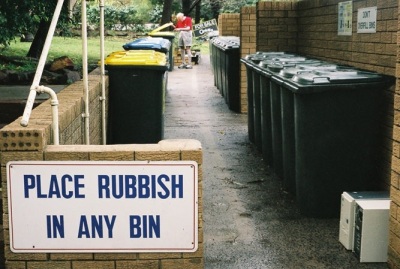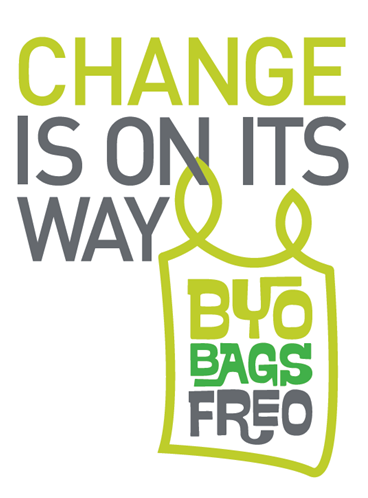Some more great content from Simon Wild!
I wonder how many Aussies realise where we stand on this issue when compared with the rest of the world…
 There was a great article in
Forbes magazine
recently called “We Are Not Alone. Climate Change Laws Span The World”. But unfortunately the ‘we’ refers to the US not Australia. In Australia we are alone. And it will put us in a competitive disadvantage. Here’s why.
There was a great article in
Forbes magazine
recently called “We Are Not Alone. Climate Change Laws Span The World”. But unfortunately the ‘we’ refers to the US not Australia. In Australia we are alone. And it will put us in a competitive disadvantage. Here’s why.
Let’s start with the article. The main gist is that American’s aren’t alone in the creation of national or state level climate change legislation. The article focuses on the results of a global study put together by the Globe, the Global Legislators’ Organisation, and the Grantham Research Institute at the London School of Economics. The study found “almost 500 climate change laws having been passed in the countries covered by the study” and that “Eight countries passed climate laws in 2013, from Bolivia to Poland to the United Arab Emirates, with another 19 making positive advances.”
The article goes on to talk about the…
View original post 420 more words










